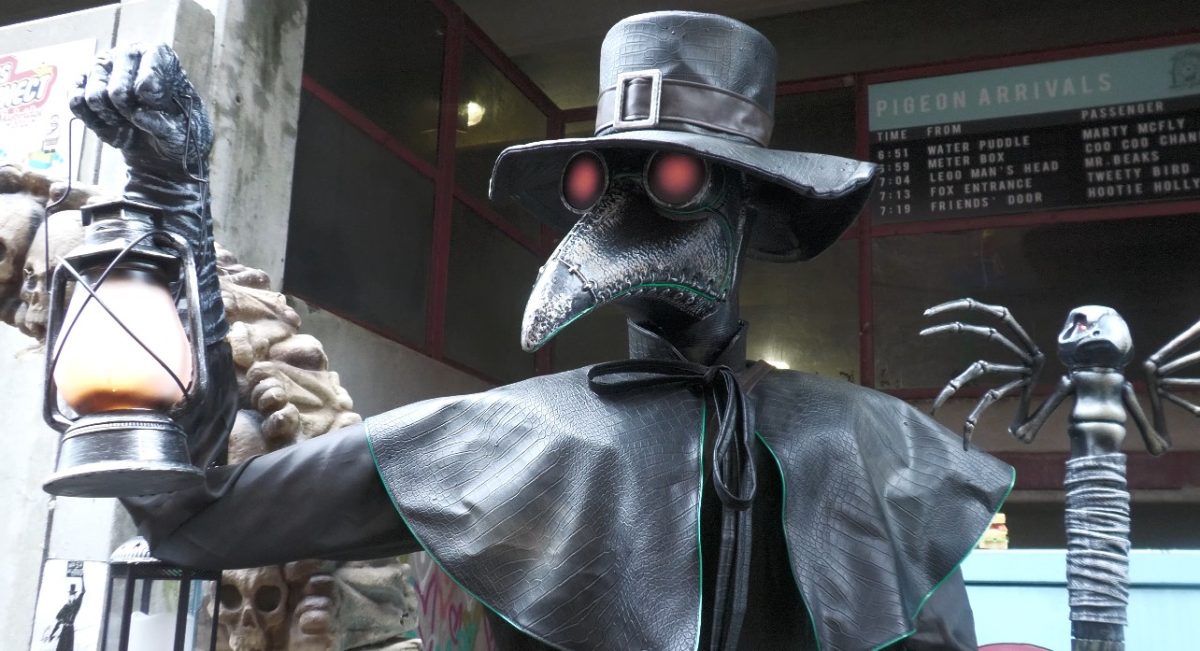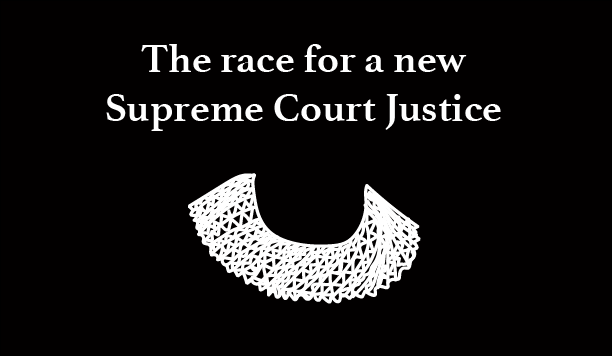The political disagreements of the nation have gotten even more fierce after the death of Supreme Court Justice Ruth Bader Ginsburg. While President Donald Trump is keen on nominating a Ginsburg replacement now, supported by a majority Republican Senate, Democrats are demanding a delay in appointment until January 20, 2021. Trump’s best strategy here would be to fill the vacant position on the Supreme Court of the United States (SCOTUS) as quickly as possible, but the proximity of the Presidential election later this year might bring some obstructions.
The heated dispute has its roots in hypocrisy, empty promises and resentment on both sides of the aisle. The debate regarding the replacement surprisingly has no connections with the qualification of the new Chief Justice. A bipartisan agreement over a Justice that would protect the SCOTUS’s legitimacy is non-existent.
Democrats, who have been fighting for a delay, are furious over the hypocrisy of Republican senators, who previously refused to hold a vote for a new Chief Justice in the last year of the Obama administration with 237 days left before the election. With less than 50 days left for the next Presidential election, Democrats view the hasty process as a last-minute power grab. However, filling a vacant seat in the SCOTUS during the final year of the presidency is not unconstitutional, so they can’t technically halt the vote.
Democrats also fear that Trump’s decision will shift the ideological inclination of SCOTUS to an extremely right-wing position. They believe that issues such as climate change, minority voting rights and Roe v. Wade might be threatened under new conservative leadership. As a result, multiple Democratic politicians have proposed to pack the courts, which would expand the number of justices in the federal judiciary.
If SCOTUS tilts towards a more conservative position, the country will only be further polarized, even if the Democrats hold a presidential and Senate majority. Although President Trump has pledged to replace Ginsburg’s place with a woman Chief Justice, it would be meaningless if the justice would not champion women’s rights and instead stick exclusively to conservative viewpoints.
The majority of Republican senators, on the other hand, agree with President Trump on this controversial issue. Republican Senator Mitt Romney of Utah, who has had disagreements with Trump on several issues in the past and even voted to impeach him, seems to support the President on this occasion, and rightly so. He intends to vote for the nominee based on her qualifications on the Senate floor instead of her viewpoints.
The results of the next presidential election might bring some obstructions if Trump loses his office and Senate Republicans lose their majority seats. If we take a look at the historical data of the time taken for the appointment of a Chief Justice, it took an average of 67 days to confirm the replacement of a new justice. The process of replacing Ginsburg could be wrapped up before the upcoming presidential elections, too. However, if the confirmation process is pushed back to the lame-duck session due to a Democrat majority, the actual appointment could take much longer than what’s actually viable.
The vacancy of the position of a Chief Justice demands a replacement. The Republicans have adhered to the Constitution in their appointment scheduling. A replacement must be made by the incumbent President with the advice and consent of the Senate as soon as possible.
























